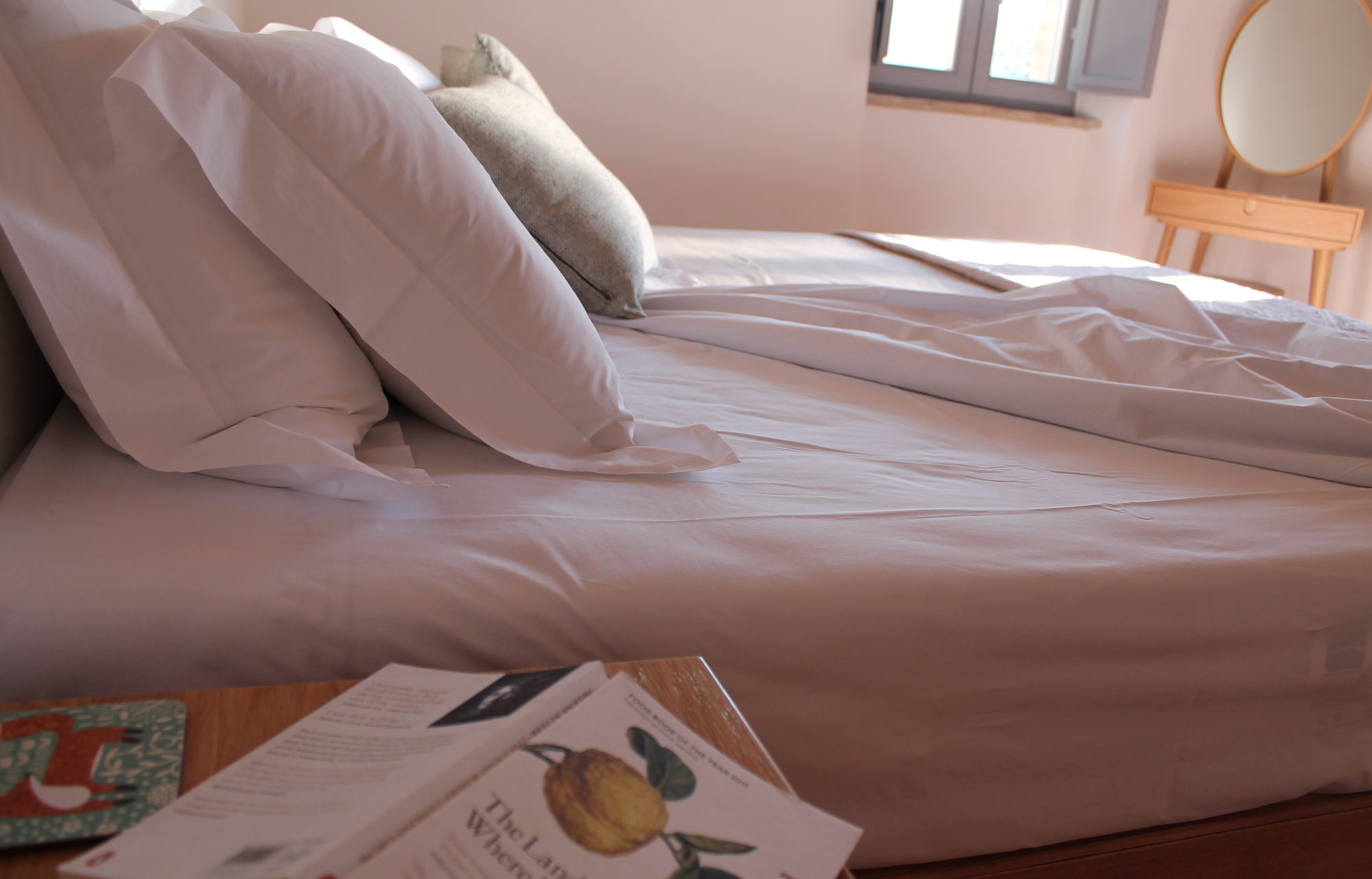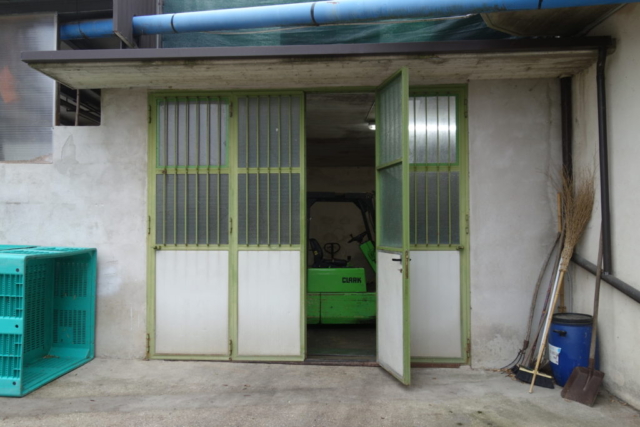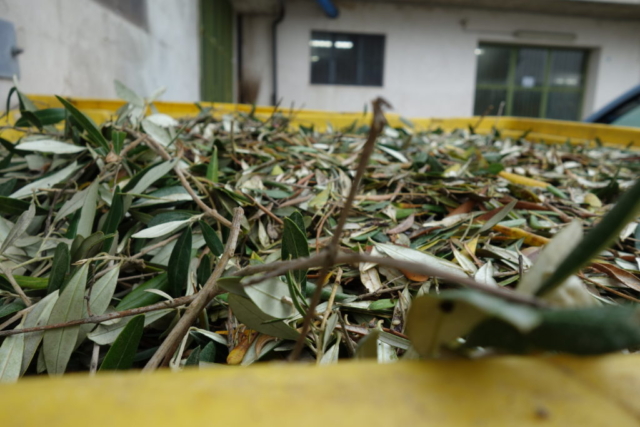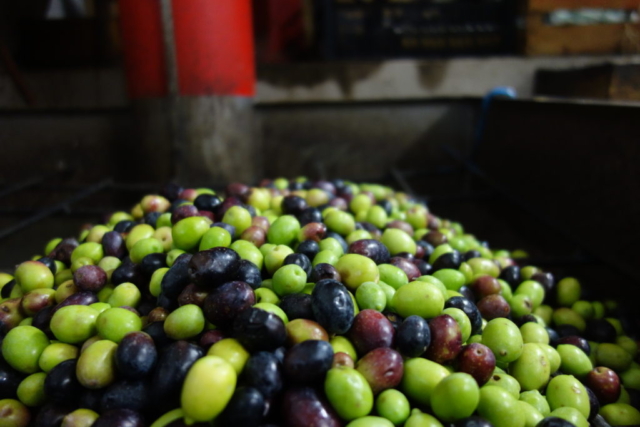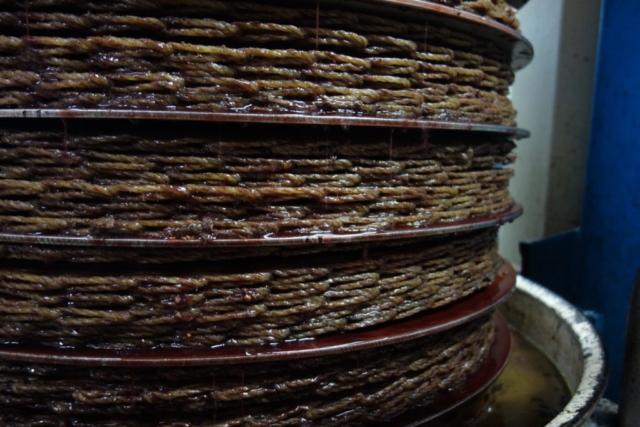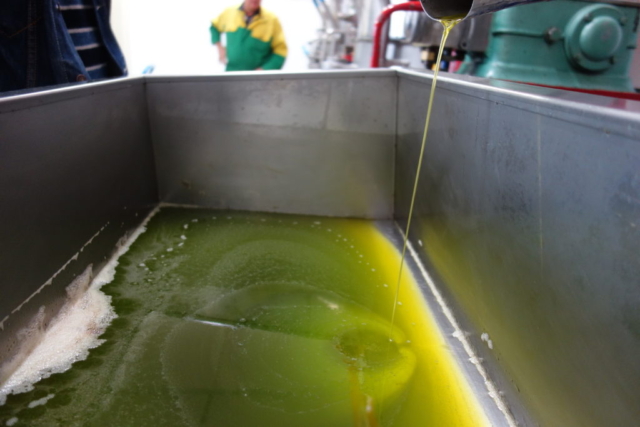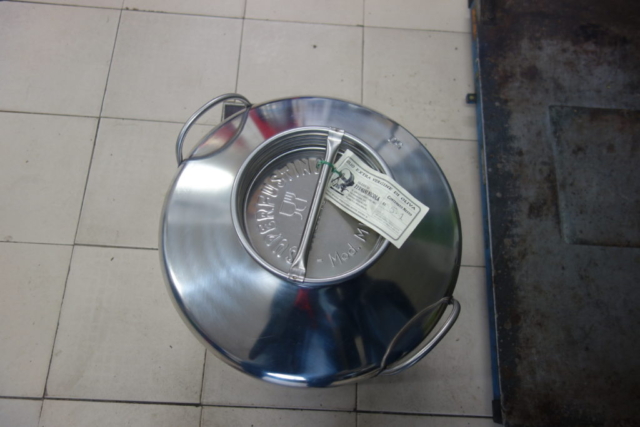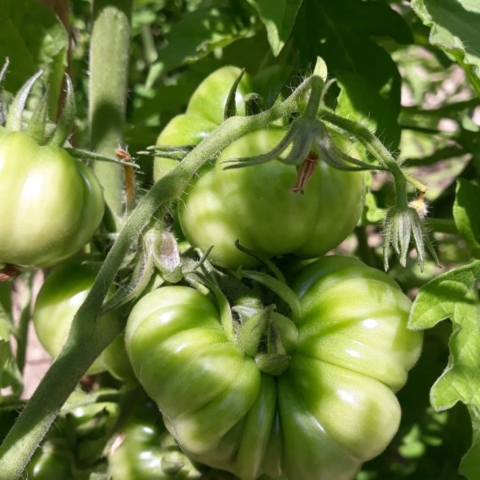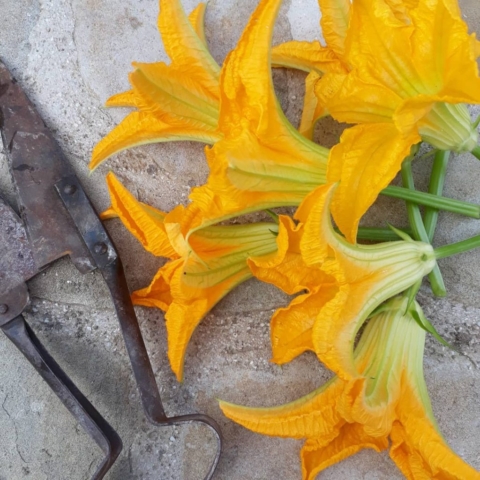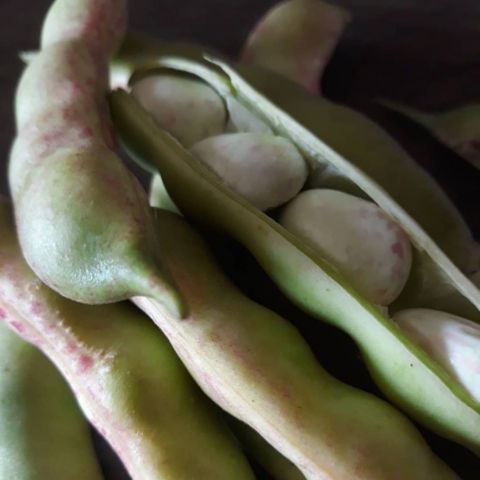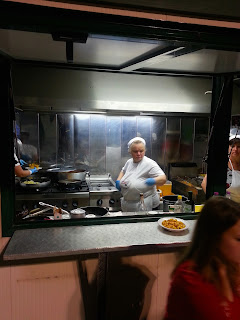From late October through to the end of November – and sometimes later – you’ll start to see people out on their land, the ground covered in large nets, as they rake the small, odd, bitter fruit from their olive trees.
We have about 25 – 30 olive trees here at Casale Volpe, and this year is our second year of harvesting. Last year was a pretty poor one for us with only around 14kg of olives in total, but like many fruit trees, there’s a tendency to have a high production one year with almost nothing the next. Needless to say, this year has been a bumper crop for us. In total, we picked 157kg of olives, with one beautiful tree (no favourites here, but if we had to pick one…) netting us a whopping 50kg.
We picked over 3 days – sharing the load with some local friends – in both rain and sun, spending the evenings sharing wine and food as we cleaned the olives of all the leaves and general detritus. Once finished we took the whole lot to our lovely local oleificio where they went through various processes to become cold-pressed olive oil.
Fancy an olive-picking holiday?
There’s nothing like tasting this peppery green liquid gold, straight from the press, so if you’ve not experienced it, we can highly recommend it. Next year we’ll be inviting guests to get stuck in with the harvest with a trip to the oleificio to watch the pressing process, followed by a tasting of the end result with some simple bruschetta and maybe a slice or two of pecorino cheese. Get in touch with us if you like the idea of climbing tress, drinking wine and watching some crazy old machinery turn olives into oil. Click on the photos below to get a sense of the goings on in the oleificio.
In the meantime, when you come to stay with us, you’ll no doubt get to taste the oil on pizza, bruschetta, tomatoes, pasta… you get the idea.
